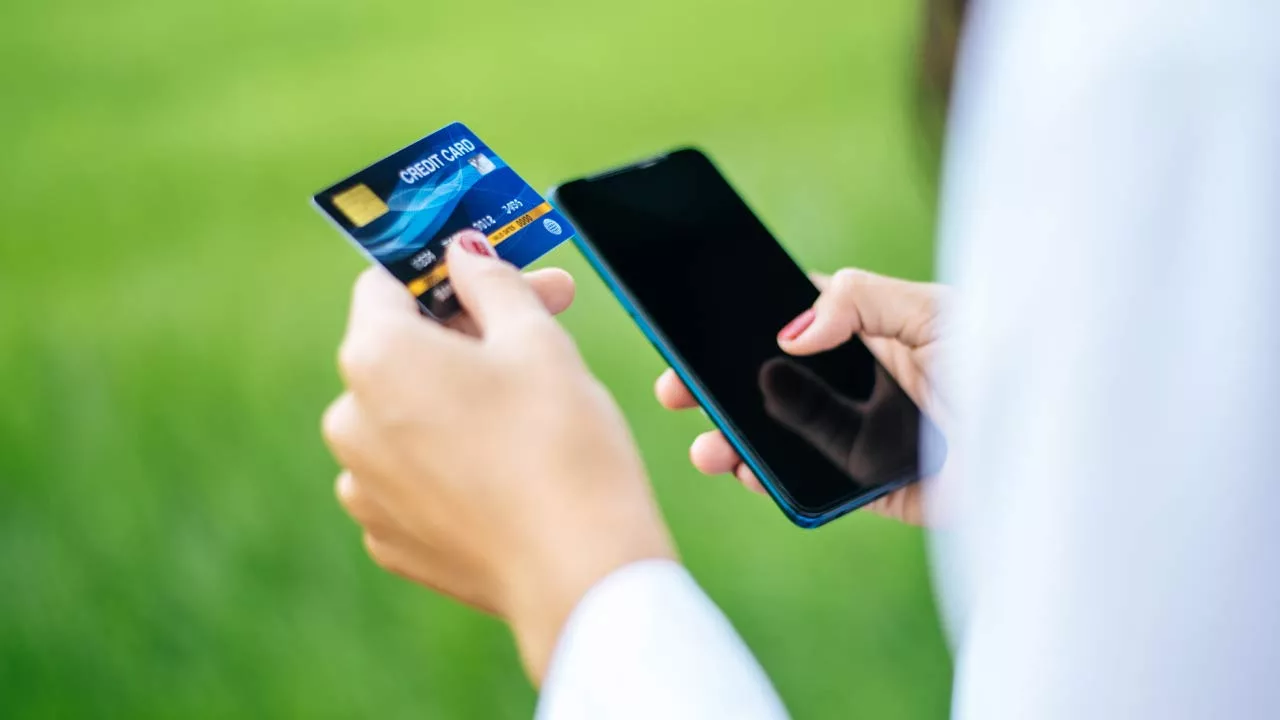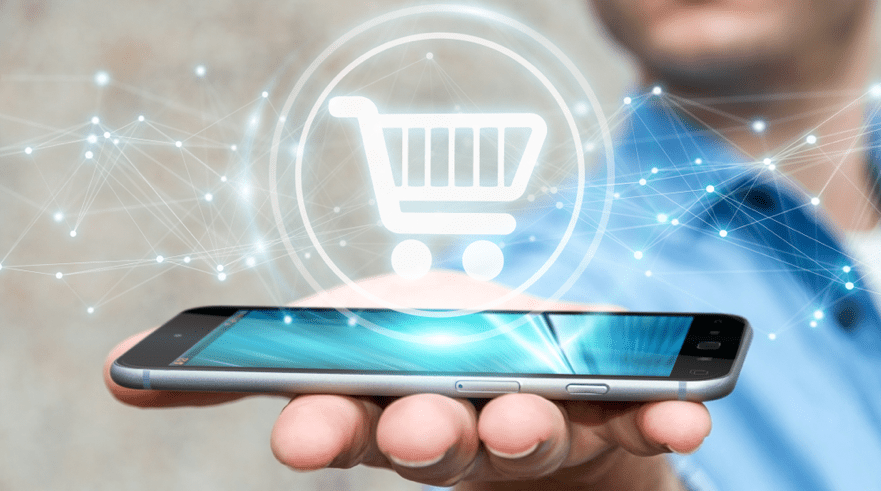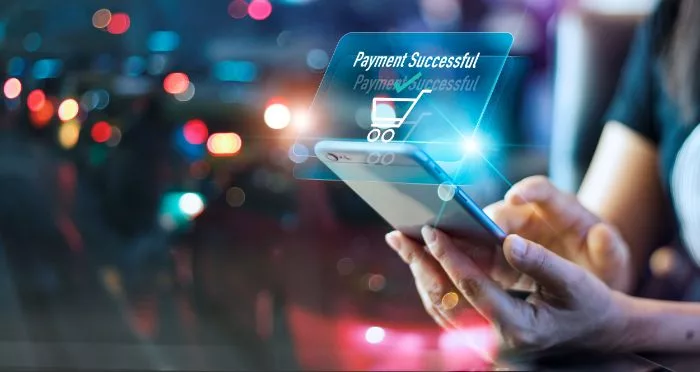Are Mobile Payments Set To Replace Cash In Everyday Transactions?
Paying for purchases with your smartphone or connected watch is increasingly common and can be quite practical during your vacation abroad. All major banks and online banks offer it. In the USA, some brands already accept cryptocurrencies as a means of payment, notably Bitcoin.
While some businesses allow transactions to be carried out using the payment protocol built on the Bitcoin network, others form partnerships with crypto companies. But this isn’t the end of cash as we know it as the cash-less switch might be on the way but it is not quite there yet at the moment.
However, more and more companies and everyday shopping places have started to accept crypto as a form of payment. Mobile wallets and cashless transactions are indeed gaining in popularity but why? How exactly does it help our daily exchanges?
How Do Mobile Wallets Simplify Payment Processes?

Contactless payment has several advantages which now favor its rapid adoption by consumers. It is faster to pay using contactless payment than using cash or typing a card code. Contactless payment is considered safer than using cash, as it requires authorization from the bank before making the payment. Contactless payment can be used in many places is increasingly common in many businesses, and is being adopted in many countries.
Contactless payment is easily accessible for people who have difficulty handling cash or using a card, such as the elderly or those with mobility problems, contactless payment, unlike cash, is not handled by several people. Also, many contactless payment cards allow you to be informed of expenses in real-time, which can be useful in particular for people wishing for better budget management. Payments are easily trackable by users as they have access to electronic receipts.
What Are The Security Concerns With Mobile Payments?
Smartphones and connected watch manufacturers also have their applications. They allow you to record your bank card numbers and then pay for your purchases by presenting the device to the merchant’s payment terminal. But what’s the risk?
Although contactless mobile payment is secured by authentication methods that are difficult to reproduce (fingerprint, face shape, voice recognition, etc.), fraud has nevertheless increased in recent years with the rise of this payment method.
Private data leak is the main danger when you buy on the internet. When you use an online payment solution, you must provide your bank card details, such as the 16 digits of the card; the validity date; and the 3-digit security code. However, all you have to do is steal this data to then be able to make other online payments with your bank card.
The theft of your banking details can occur in different ways. Hacking of communication with the website, theft of customer data on the site’s server, and spyware on your computer are all risks entailed with using online payment methods.
Furthermore, it is not uncommon to deal with a fraudulent website. You think about buying a product or service, but the expected object or service never arrives. At best, you have lost the purchase amount and will receive nothing in return. At worst, the dishonest site took the opportunity to recover your banking data, which brings us back to the first risk mentioned above.
Will Cryptocurrencies Play A Role In Mobile Payments?
More and more bank cards now accept cryptocurrencies, these purely computer currencies that circulate thanks to what is called the blockchain, a sort of hyper-secure transaction register. Until now, if you want to pay on the Internet for something whose price is expressed in one of these virtual currencies, it is possible, but with conversion fees, as with multi-currency payments.
But this is not the case for everyone as other services are getting into cryptocurrencies. PayPal, which specializes in online transactions, is also launching an option that allows you to pay in BTC or ETH. The value of cryptocurrency can fluctuate quickly, which means it can be risky to invest in it.
Cryptocurrency is also not widely accepted as a form of payment, meaning it may not be useful in certain situations. Another risk of using cryptocurrency is that it is unregulated, meaning there is no protection for users in the event of fraud or theft.
The challenges faced by the adoption of cryptocurrencies as a form of payment do not affect the future of crypto as a payment method as more businesses adopt or transition entirely to digital currencies. The downside is of course the constant fluctuation but stables-coins level the playing field.
The payment industry is set to transition and adopt contactless payment methods and incorporate cryptocurrencies as a form of payment. In the coming years, we will likely see more businesses and industries adopting digital currencies as a payment option at the register.
Are Contactless Payments Gaining Transaction?

The world is constantly changing and we adopt new things in our daily lives that would’ve seemed wild a decade ago. When customers develop a taste for a fast and optimized purchasing experience they have no desire to return to the traditional hustle. More and more businesses adopted the contactless payment option as it became a fast and trendy payment method.
The 2019 quarantine also played a huge role in the rise of online payment methods as it promoted people ordering delivery to the coziness of their homes. The increased preference for contactless payment methods during the pandemic allowed the practice to grow. Even though the pandemic period is seen as a huge financial crisis, it changed the payment industry for good.
What’s The Future Of Mobile Payments Post-Pandemic?
The motto of our digital age is speed. Thanks to mobile payment systems, payments are made much faster than shopping with cash and credit cards. Speed and convenience strengthen the customer experience and increase repurchase rates. In addition, by making payment processes self-service, businesses can maintain the same high service quality and reduce their operational costs during peak hours. In this way, they can use the valuable resources they save to achieve growth in their core business areas.
In addition to fast payment systems, cryptocurrency payments will also rise as transaction fees are much lower compared to traditional forms of payments and give many advantages to customers but also to merchants which is one got the main reasons for its popularity. Payments can be made from anywhere in the world and to anyone on any day. Regardless, as much as crypto is on the way to being widely accepted for payments, it will not completely replace cash in the foreseeable future.
See you in the next post,
Anil UZUN
